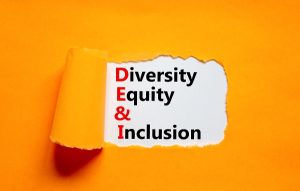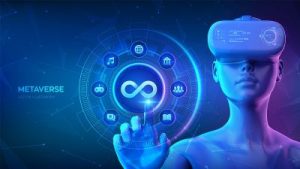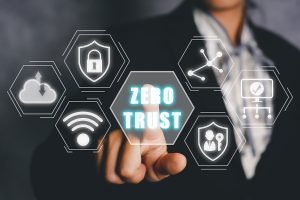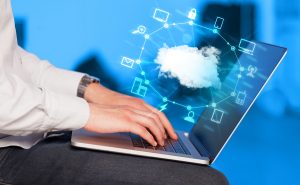
Diversity, equity, and inclusion are key focus areas of the Biden administration's President's Management Agenda (PMA). Additionally, the administration issued an executive order in June 2021 directing agencies across government to implement more diversity training, rethink the use of salary history as a basis for pay determinations, and supply gender non-conforming and nonbinary and transgender employees with credentials that reflect their current names, pictures and pronouns. Finally, in November 2021 the administration offered a strategic plan to help guide agencies in diversity efforts, asking for the submission of agency-specific Diversity, Equity, Inclusion, and Accessibility (DEIA) plans by March 2023.
Diversity Today
This focus is starting to show results. The Office of Personnel Management (OPM) released a first-ever report on the diversity of the federal workforce. It looked at hiring and retention across agencies and gave a snapshot of the administration's efforts to remove barriers for applicants from underrepresented communities. The report finds small but encouraging gains in racial diversity between 2017 and 2021 with Black employees rising from 18.15 percent to 18.19 percent of the federal workforce. Latinx made a much larger jump rising from 8.75 percent to 9.95 percent. Women's representation grew from 43.38 percent of the workforce in 2017 to 44.44 percent in 2021. Future reporting will look at nonbinary workers. Continue reading






